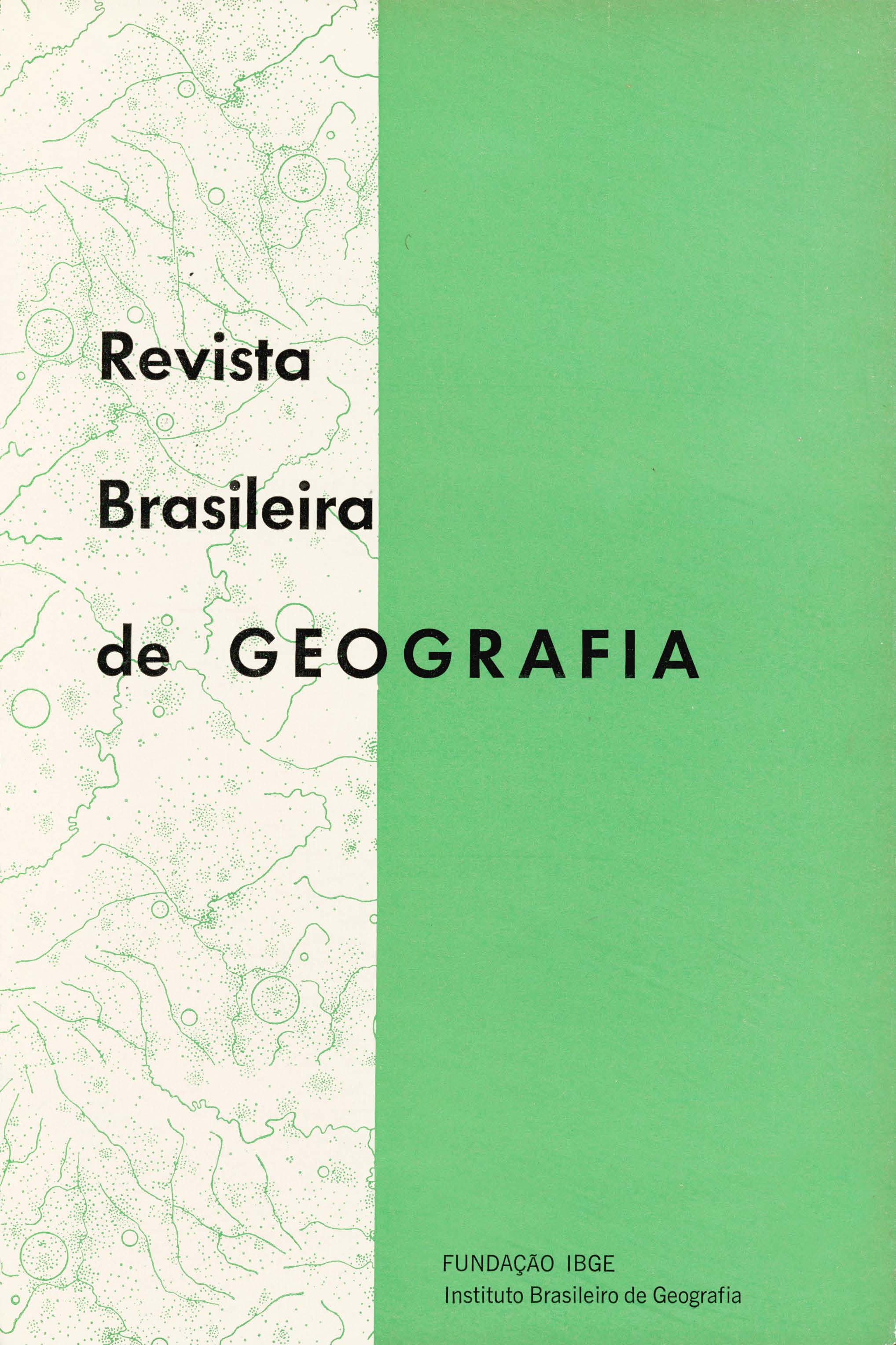A Cadeia de Markov como método descritivo de distância funcional : delimitação de regiões funcionais e nodais
Keywords:
Processo estocástico, Markov, Processos deAbstract
The article deals with a methodology aiming to define and mark the limits of nodal and functional regions, based on statistics originating from an algorithm that utilizes the regular-type concepts of the Markov Chain. The methodological line is that utilized by an American geographer (Lawrence Bron), indicated in the appropriate bibliography, and it seeks to introduce a notion of functional distance, as a non-Euclidean distance, perceived and of a probabilistic nature.
At the start the article expounds the concept of functional region, so as to lay emphasis on some of the more important properties of a system of functional regions - among which the transitivity and non-reflexive appear as the most important. On the other hand, the question of the relationship affecting the he interaction between pairs of places and their relationship with the attributes of these pairs of places is discussed, precluding the possibility of obtaining a functional distance whether through their proper fluxes (the most suitable form), or through the proper attributes of the places.
Further on, certain examples are submitted, the first making use of the results of a factorial analysis of Brazilian cities, from which the magnitude of the centers was extracted, producing a matrix of the probabilities of transition by the difference of magnitude between the centers, divided by the distance, duly transformed. Two statistics are utilized, produced by the algorithm employed: the matrix of the average time of the first passage, interpreted as the functional distance (providing it constitutes the number of steps that it would take for one element to reach the other) between pairs of places, and the second the vector of equilibrium, which would be an indication of hierarchy in the system.
The second example utilized was now constituted by the fluxes of migrants, obtained from the special tabulations of the 1970 Demographic Census, and classified according to their origin and destination (rural and urban), for the ten censual regions. In this case the notion of perceived distance was able to be, developped in a more precise manner, inasmuch as a divergence existed, in the case of those from different origins but moving towards the same pair of regions. In this case the article was expanded so as to provide an analytic and methodological content at the same time, inasmuch as migrations constitute an important topic, just as much on account of their actuality as because of the difficulty in providing proper analytic treatment thereof.
The third example that was utilized dealt with the airplane passengers between 10 of the large Brazilian cities.
The purpose of giving such different examples is ta illustrate the fact that different functional distances can be obtained for different types of phenomena, perceptible each in its proper perspective.






